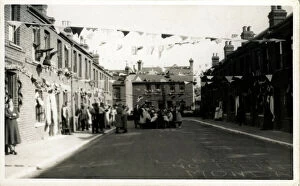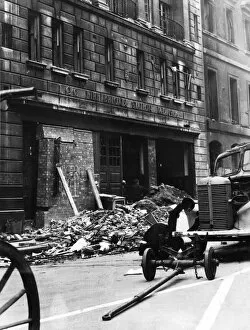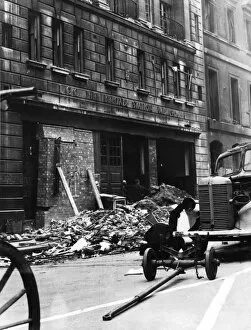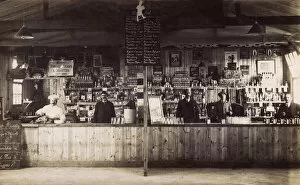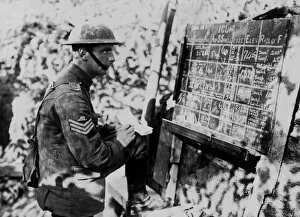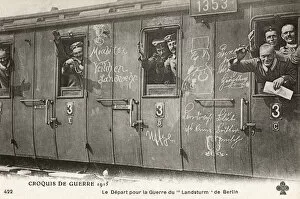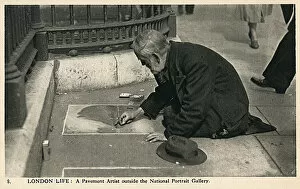Chalked Collection
Amidst the chaos of World War One, moments of normalcy were etched in time
For sale as Licensed Images
Choose your image, Select your licence and Download the media
Amidst the chaos of World War One, moments of normalcy were etched in time. In Northumberland, celebrations were chalked on the walls of Wallsend, mirroring the jubilation felt across the nation. Meanwhile, on the Western Front, British gunners received instructions from chalkboards, preparing for the brutal battles ahead. In London, the demolition of London Bridge left a blank canvas for chalk artists, while men with mobile field ovens and motorcycles delivered sustenance to soldiers on the move. The Army Camp Store was a hive of activity, with supplies chalked on the walls to keep track of inventory. As the Blitz hit London during World War Two, Cannon Street fire station became a symbol of resilience, its chalked messages a testament to the community's spirit. Paulus Pontius, a Flemish artist inspired by Sir Peter Paul Rubens, captured the essence of war through his chalked studies of an anguished soldier. Trains carrying German soldiers to the front bore chalked messages, a stark reminder of the impending conflict. In the heart of the city, a pavement artist outside the National Portrait Gallery created beauty amidst the chaos, while the Blitz continued to wreak havoc on London's streets. At Wellington Pit, a chalked message served as a poignant reminder of the sacrifices made during the Great War, etched in history for generations to come.

